Thirty-two of the region’s 34 Bathing Waters have either an ‘excellent’ or ‘good’ status, with every one of the North East’s coastal sites passing the water quality standards, Defra announced today.
Twenty-five of the North East bathing waters have met the excellent standard, seven are classified as good, two as sufficient and none as poor.
Compliance is based on the current and previous four years of sample data (a maximum of 80 samples per beach, from 2014 to 2017). The samples are taken by the Environment Agency between May and September each year to assess the bathing waters against the strict regulations.
Northumbrian Water’s Wastewater Director, Richard Warneford, said: “Our two decades of investment has yielded significant benefits, and we are confident that by maintaining focus upon the North East coastline we can continue to drive improvements and make the region’s coast a beacon for excellent bathing water.
“Investment in improved storm water storage facilities throughout our network over the years and through our Rainwise initiative, where we remove surface water from our sewer network and divert it into the natural environment, will have contributed to these results.
“Back in 2000, only four North East bathing waters achieved the standards that were in place at the time, so today shows a massive improvement that we and all of our partners can be proud of. We place the environment at the heart of what we do and are extremely proud of the investment and partnership working that we carry out to make our beaches a great place to visit.
“There is always work to be done to improve things further and we will not be complacent. For example, a team from North Tyneside Council, the Environment Agency and Northumbrian Water, is investigating what we can do better at Cullercoats. We are also funding an investigation into the quality of the eight Bathing Waters between Seaton Carew North and Marske to see what further improvements we can make.”
The results have been heralded a huge success despite the summer rain. Rainwater that runs off through urban areas and agricultural land into the sea can result in a temporary dip in water quality. This means water quality will fluctuate each year depending on the weather.
Sir James Bevan, Chief Executive of the Environment Agency added: “Maintaining such high water quality standards at English beaches is a huge success and a credit to all those individuals and organisations working hard to keep our bathing waters clean. “Water quality has improved significantly over the last two decades – but to protect and enhance water quality even further we will need everyone to take the small actions that will help.”
North East bathing waters which have achieved the ‘excellent’ standard are Bamburgh Castle, Seahouses North, Beadnell, Low Newton, Warkworth, Amble Links, Druridge Bay North, Druridge Bay South, Newbiggin South, Blyth South, Seaton Sluice, Whitley Bay, Tynemouth Longsands North, Tynemouth Longsands South, Tynemouth King Edwards Bay, South Shields, Seaburn (Whitburn North), Roker (Whitburn South), Seaham Hall, Seaham, Crimdon, Seaton Carew (Centre), Seaton Carew (North Gare), Marske Sands and Saltburn.
Those that have achieved the ‘good’ standard are Newbiggin North, Marsden, Seaton Carew (North), Redcar Coatham, Redcar Lifeboat Station, Redcar Granville and Redcar Stray. Spittal and Cullercoats are rated as ‘sufficient’ meaning all 34 of the region’s bathing waters pass the European standards.
Northumbrian Water is encouraging their customers to also help to look after the region’s bathing waters by only flushing toilet paper, pee and poo down the loo and by not putting grease and fat down drains. This will help to prevent blockages and potential pollution.
• For more detailed information on these bathing water results please log on to https://www.gov.uk/government/collections/bathing-waters or https://www.gov.uk/government/statistics/bathing-water-quality-statistics
• Each bathing water will have to display a standardised symbol for its classification. The symbols and further information can be found at http://ec.europa.eu/environment/water/water-bathing/signs.htm. If a bathing water is designated as poor it must also display the standardised ‘advice against bathing’ symbol.
• The Environment Agency publishes information about water quality at England’s bathing waters on their online bathing water data explorer, which can be found at www.gov.uk/quality-of-local-bathing-water.
